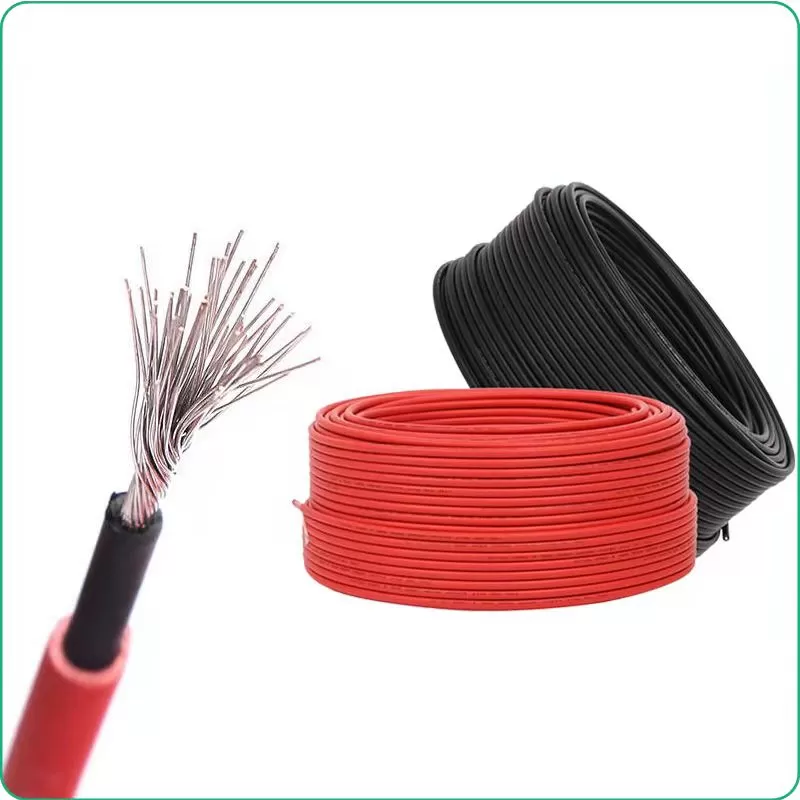- Home
- Products
- Certificates
- Cooperation
- About Us
- News
- Contact
Contact
+86 188 3213 4509
Contact
+86 188 3213 4509
Jun. 17, 2025
A frequent inquiry from customers purchasing PV cables is: "Does your product comply with international standards?" Given that current production standards reference TÜV, UL, and IEC certifications, this document outlines three key parameters for evaluating photovoltaic (PV) cable quality.

Certified PV cables must demonstrate conformity with:
Ⅰ. IEC 62930:2025
Ⅱ. EN 50618:2023
Ⅲ. TÜV 2 PfG 1169/06.2025
The conductor's nominal cross-section can be calculated using:
Single conductor radius² × π × strand count
A = n × π × (d/2)²
Where:
n = strand count (e.g., 84 strands)
d = strand diameter (e.g., 0.3mm)
Tolerance: ±5% per EN 50618:2023 Clause 6.2
Example: For 84 strands of 0.3mm diameter conductors:
(0.3mm/2)² × 3.14 × 84 ≈ 5.935mm² (nominal 6mm²)
Higher resistance increases current loss and reduces current-carrying capacity. The resistance formula is:
R = ρ × (L/S)
Where:
ρ = resistivity (Cu: 0.01740 Ω·mm²/m; Al: 0.0283 Ω·mm²/m)
L = cable length
S = nominal cross-section
Note: Copper resistivity varies with temperature
Reputable manufacturers print lengths on cable sheaths. To verify:
For EN 50618 compliant cables:
L = (A×B×π×C) + 2% margin
· A/B = winding layers/turns
· C = drum core diameter
Zhuhaicable's PV DC cables are TÜV Rheinland 2 PfG 1169 certified, ensuring compliance with:
EN 50618 (EU)、2 PfG 1169/06.2025
For technical specifications or quotations, please contact our sales team via +86 1883213 4509 (WhatsApp/WeChat).